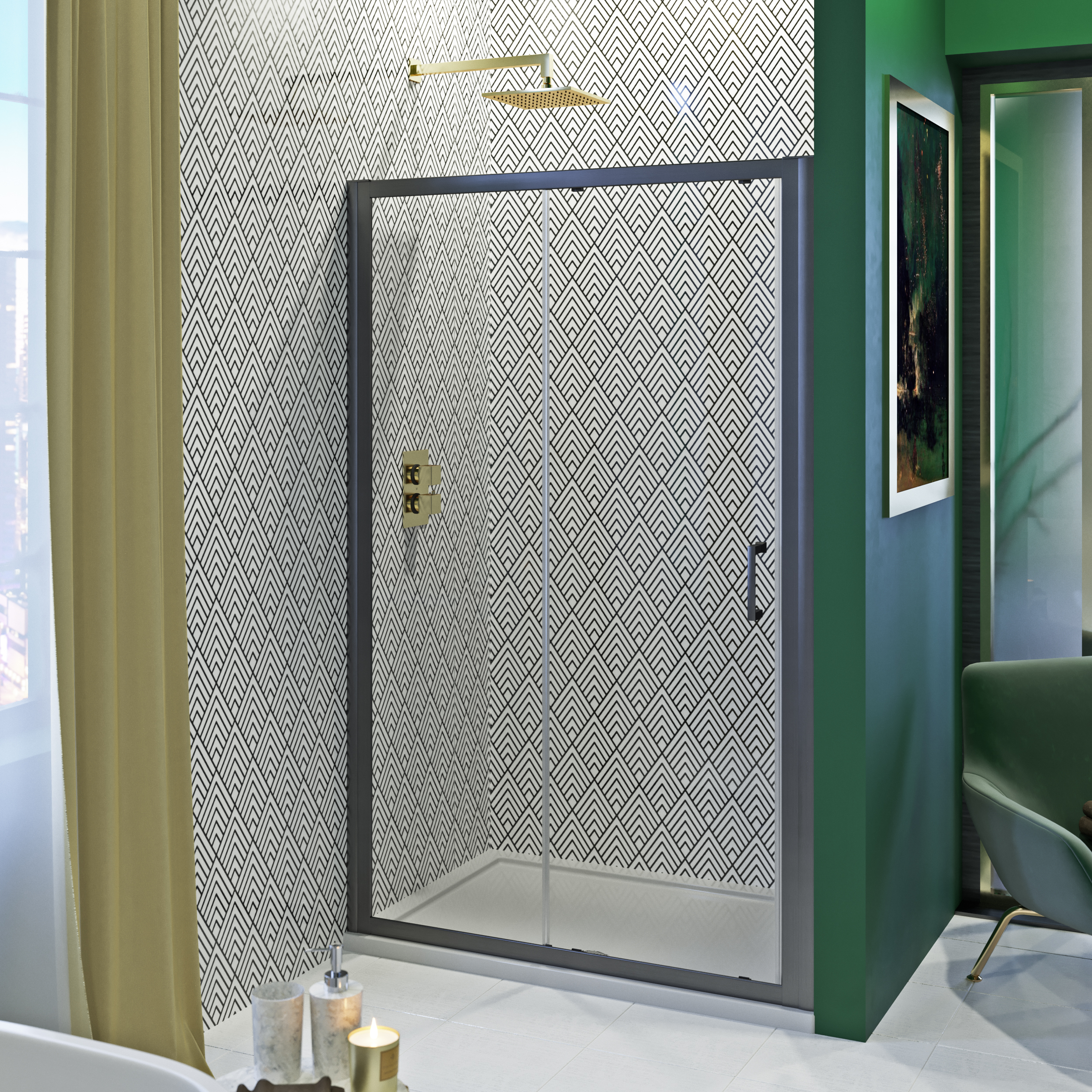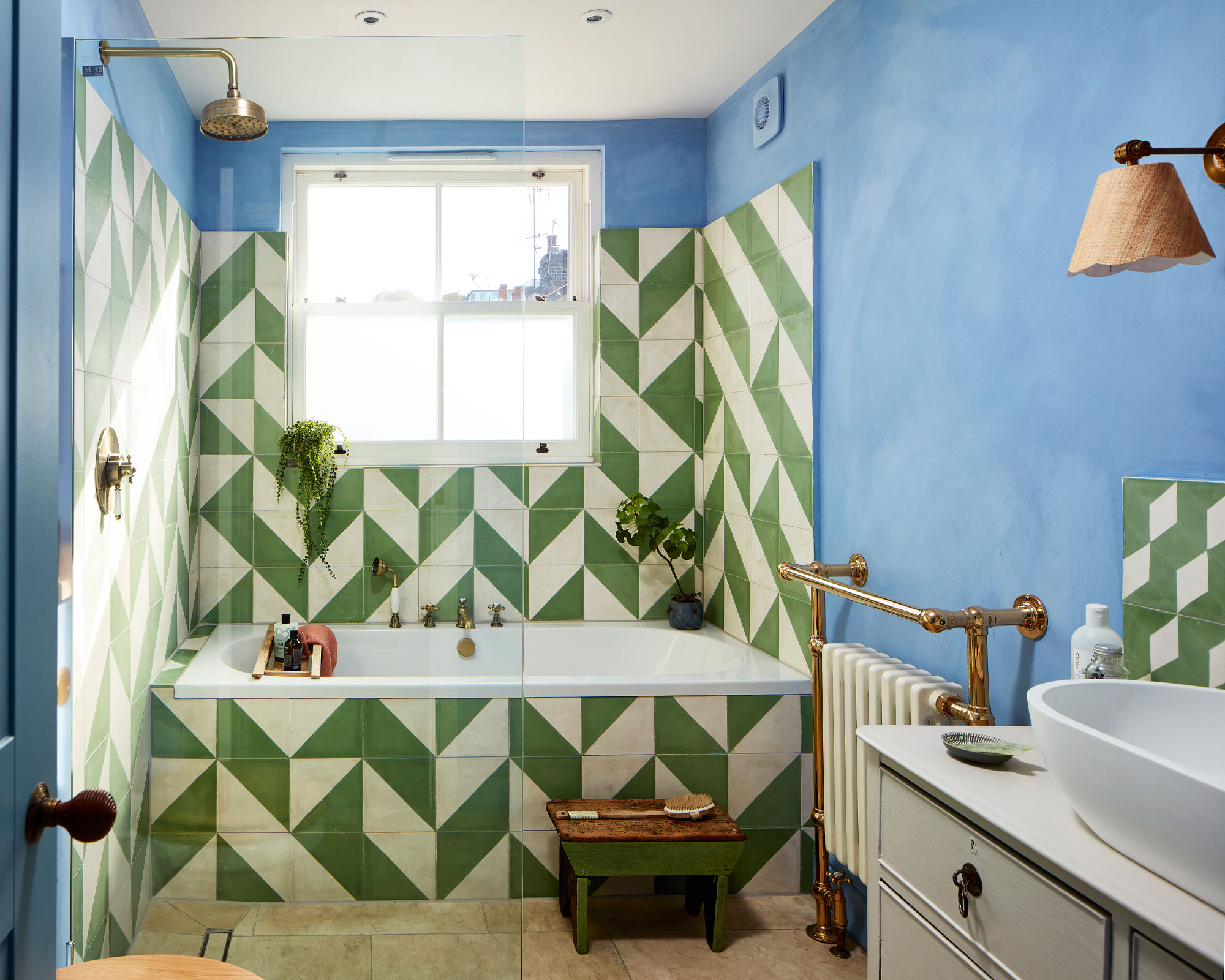The Benefits of Exterior Paint in Bathrooms

Exterior paint, traditionally used for outdoor surfaces, is increasingly gaining popularity in bathrooms due to its unique properties. While interior paints are designed for indoor environments, exterior paints offer several advantages, particularly in humid and moisture-prone spaces like bathrooms.
Aesthetic Advantages
Exterior paints provide a wide range of color options and finishes, allowing homeowners to create a unique and stylish ambiance in their bathrooms. From vibrant hues to subtle shades, exterior paints offer greater flexibility in achieving desired aesthetic outcomes. The availability of different textures and finishes, such as matte, satin, and gloss, further enhances the design possibilities. For instance, a glossy finish can create a modern and sleek look, while a matte finish can provide a more sophisticated and understated feel.
Choosing the Right Exterior Paint for Your Bathroom

Choosing the right exterior paint for your bathroom is crucial for ensuring its longevity and aesthetic appeal. You need to consider several factors, including the paint type, finish, and color palette, to make an informed decision.
Understanding Paint Types
The type of paint you choose will significantly impact your bathroom’s durability and resistance to moisture and mold. Here’s a breakdown of common paint types and their suitability for bathroom use:
- Acrylic Latex Paint: This is a popular choice for bathrooms due to its excellent moisture resistance, durability, and ease of application. Acrylic latex paints are also low in VOCs (volatile organic compounds), making them a healthier option for indoor use.
- Epoxy Paint: Known for its exceptional durability and resistance to chemicals and abrasion, epoxy paint is an excellent choice for high-traffic areas or areas prone to moisture. However, epoxy paints can be more challenging to apply and may require professional assistance.
- Oil-Based Paint: While oil-based paints offer excellent durability and water resistance, they are less popular for bathrooms due to their high VOC content and longer drying time. They also require the use of mineral spirits for cleanup, making them less environmentally friendly.
Choosing the Right Paint Finish
The paint finish you select will influence the bathroom’s overall look and feel.
- Gloss Finish: Glossy paints offer a high-shine finish that is easy to clean and resists moisture. They are ideal for high-traffic areas like the shower or tub surround.
- Satin Finish: Satin paints provide a slightly less shiny finish than gloss paints while still offering good moisture resistance. They are a versatile option for bathroom walls and trim.
- Matte Finish: Matte paints offer a flat finish that helps to hide imperfections and create a more sophisticated look. However, they are less durable than gloss or satin finishes and may be more difficult to clean.
Considering the Color Palette
The color palette you choose for your bathroom can significantly impact its overall mood and atmosphere.
“Light colors can make a small bathroom feel larger and brighter, while darker colors can create a more intimate and cozy space.”
- Light Colors: White, cream, and light blues can create a spacious and airy feel. They are also excellent for reflecting light and making the bathroom feel brighter.
- Dark Colors: Deep blues, greens, and grays can add a touch of sophistication and drama to a bathroom. They can also help to create a more intimate and relaxing atmosphere.
- Accent Colors: Adding accent colors, such as a bold tile or a colorful rug, can add visual interest and personality to your bathroom.
Applying Exterior Paint in Your Bathroom: Exterior Paint In Bathroom
Applying exterior paint in your bathroom can be a rewarding project, adding a fresh and durable finish to your space. However, proper preparation and application techniques are essential to ensure a successful outcome.
Preparing the Bathroom Surfaces, Exterior paint in bathroom
Before applying exterior paint, you must thoroughly prepare the bathroom surfaces. This includes cleaning, sanding, and priming, which will create a smooth and receptive surface for the paint to adhere to.
- Cleaning: Remove any dirt, dust, mildew, or soap scum using a mild detergent and warm water. For stubborn stains, you can use a mildew remover or bleach solution. Be sure to rinse the surfaces thoroughly and allow them to dry completely before proceeding.
- Sanding: Sand down any rough or uneven surfaces using fine-grit sandpaper. This will help to create a smooth surface for the paint to adhere to. You may also need to sand down any peeling or chipped paint to ensure a uniform finish.
- Priming: Applying a primer is essential for creating a smooth and even surface for the paint. A primer helps to seal the surface and prevent the paint from absorbing unevenly, resulting in a more durable and consistent finish. Choose a primer specifically designed for exterior surfaces and bathrooms, as it will be more resistant to moisture and mildew.
Applying Exterior Paint in the Bathroom
Once the surfaces are properly prepared, you can begin applying the exterior paint. Here’s a step-by-step guide:
- Prepare the Paint: Stir the paint thoroughly to ensure even consistency. If necessary, thin the paint according to the manufacturer’s instructions.
- Protect the Area: Cover floors, furniture, and other surfaces that you don’t want to paint with drop cloths or plastic sheeting.
- Apply the First Coat: Use a high-quality paintbrush or roller to apply the first coat of paint. Apply thin, even coats, working in small sections at a time. Allow the first coat to dry completely before applying the second coat.
- Apply the Second Coat: Once the first coat is dry, apply a second coat of paint, using the same techniques as before. Apply thin, even coats, working in small sections at a time.
- Clean Up: Once the paint is dry, clean up any spills or splatters.
Tips for Achieving a Smooth and Even Finish
Here are some tips for achieving a smooth and even finish when applying exterior paint in your bathroom:
- Use a High-Quality Paintbrush or Roller: A high-quality paintbrush or roller will help to create a smooth and even finish.
- Apply Thin, Even Coats: Applying thin, even coats will help to prevent paint drips and runs.
- Allow the Paint to Dry Completely: Allow each coat of paint to dry completely before applying the next coat. This will help to prevent the paint from becoming tacky or uneven.
- Smooth Out Any Brush Strokes: If you are using a paintbrush, smooth out any brush strokes with a roller or a damp cloth.
- Use a Paint Extender: A paint extender can help to prevent the paint from drying too quickly, which can make it more difficult to achieve a smooth and even finish.
Minimizing Paint Splatters and Ensuring Proper Ventilation
- Use Painter’s Tape: Painter’s tape can help to protect surfaces that you don’t want to paint. Apply painter’s tape to the edges of the areas you are painting, and be sure to remove it before the paint dries completely.
- Use a Drop Cloth: A drop cloth will help to protect your floors and furniture from paint splatters.
- Open Windows and Doors: Ensure proper ventilation by opening windows and doors during the painting process. This will help to prevent the paint fumes from building up.
- Wear a Mask: Wear a mask to protect yourself from paint fumes.
Exterior paint in bathroom – While exterior paint in a bathroom might seem unusual, it can create a unique and visually appealing space. However, humidity can be a concern, making it essential to choose a paint that is mildew-resistant and breathable. To ensure optimal air quality, consider investing in a best air purifier for small bathroom , which will help eliminate moisture and odors, creating a healthier environment for both you and your paint.
After all, a well-maintained bathroom is a testament to good design and careful consideration of every detail.
While exterior paint can add a pop of color and personality to your bathroom, it’s important to consider the overall design. A small bathroom can feel cramped, so maximizing space is key. You can create the illusion of more space by choosing the right small bathroom door options , such as sliding doors or pocket doors.
These options can help open up the room and make it feel more spacious, complementing the exterior paint and creating a cohesive and inviting bathroom atmosphere.
